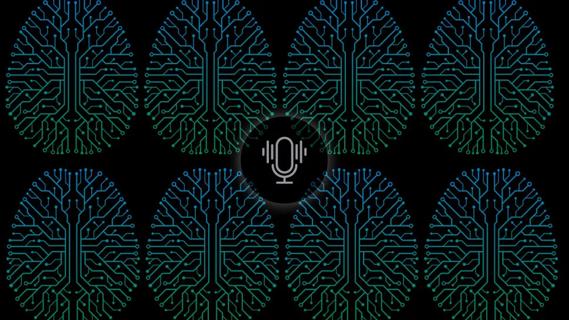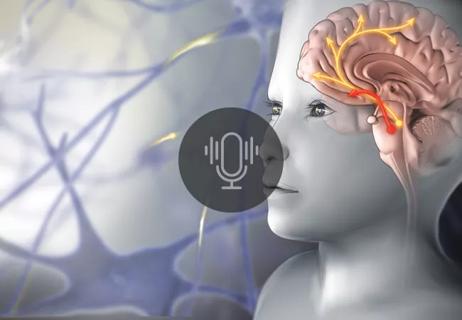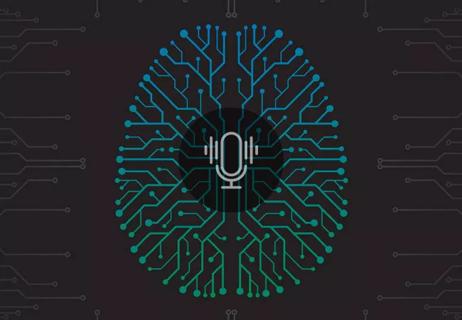New interventions and medications expand options, extend treatment window
Acute stroke therapy has had no shortage of revolutionary breakthroughs in recent decades, from the introduction of tissue plasminogen activator (tPA) in the mid-1990s to the advent of endovascular therapies about 10 to 15 years later, with the biggest breakthroughs occurring in 2014-15. New developments and refinements to these earlier advances have continued apace since then.
Cleveland Clinic is a non-profit academic medical center. Advertising on our site helps support our mission. We do not endorse non-Cleveland Clinic products or services. Policy
“Endovascular therapy for acute ischemic stroke, also known as mechanical thrombectomy, basically has been proven to have one of the highest degrees of benefit of almost any intervention in the history of medicine,” says Gabor Toth, MD, an interventional neurologist with Cleveland Clinic’s Cerebrovascular Center. “And the field continues to evolve rapidly with better and newer-generation devices that help us achieve the goal of reopening blocked blood vessels in the brain and neck.”
In the latest episode of Cleveland Clinic’s Neuro Pathways podcast, Dr. Toth discusses the landscape of current stroke treatment, delving into:
Click the podcast player above to listen to the episode now, or read on for a short edited excerpt. Check out more Neuro Pathways episodes at clevelandclinic.org/neuropodcast or wherever you get your podcasts.
This activity has been approved for AMA PRA Category 1 Credit™. After listening to the podcast, you can claim your credit here.
Podcast host Glen Stevens, DO, PhD: The advent of mechanical thrombectomy has been very exciting. Are there any notable new trials that Cleveland Clinic’s Cerebrovascular Center has going on right now?
Gabor Toth, MD: … There are a few areas where we are trying to potentially expand and extend the treatment window as well as the indication of thrombectomy for more patients…. One area that our group has been very involved in is mild stroke with large vessel occlusion. Although most patients with these large vessel blockages have severe symptoms, there is a smaller portion who have milder symptoms. And the concern is that, if they are not helped, over time the mild stroke will turn into a larger stroke. A year or two ago, our group at Cleveland Clinic published a research paper showing that if these patients are taken for thrombectomy, it can be done safely. Now this was not a randomized controlled trial, but it paved the way for other larger trials, such as ENDOLOW, that are currently underway looking at this patient population. We are part of this clinical trial trying to see if we can safely and efficiently help these patients.
Another area involves what’s called a large infarct core stroke. Traditionally, when patients came in with stroke symptoms, we did advanced imaging and if it showed that there was already a large area of infarct, this led to the conclusion that there wasn’t really much else to be done. Unfortunately, many of those patients did not receive therapy. But more and more data has surfaced showing potential benefit for some of these patients. So there are a few trials ongoing in the U.S. We are part of one of them, called SELECT2, that is looking at this particular patient population. Hopefully in the next year or two, we’ll be able to see whether more of these patients could qualify for thrombectomy. The idea is that even if they have a stroke already, there may be an area that is salvageable and perhaps thrombectomy can help with recovery.
Another area attracting more attention is blockages in what we call distal vessels of the brain. When thrombectomy was first introduced, we mostly tried to go for vessels that were larger in size and closer to the skull base, because the tools we had were able to safely reach those areas. But now with further device development, we have better tools that allow us to venture farther out in the brain. There are now trials to see if we can safely remove even smaller clots from those distal areas. We’re interested in this question because sometimes those smaller vessels can affect regions of the brain that are important, such as the speech center, or a specific area that controls movements on other side of the body. Blockage to even smaller vessels can cause debilitating symptoms.

Determining the right dose and injecting in the right muscle can be challenging

New research sheds light on a potentially devastating condition that is reversible when properly managed

Testing options and therapies are expanding for this poorly understood sleep disorder

Neurology is especially well positioned for opportunities to enhance clinical care and medical training

How functional restoration can help children with these conditions marked by unexplained pain with stigmatized symptoms

Despite advancements, care for this rare autoimmune disease is too complex to go it alone

A discussion of special care considerations before, during and after pregnancy

Data-driven methods may improve seizure localization and refine surgical decision-making